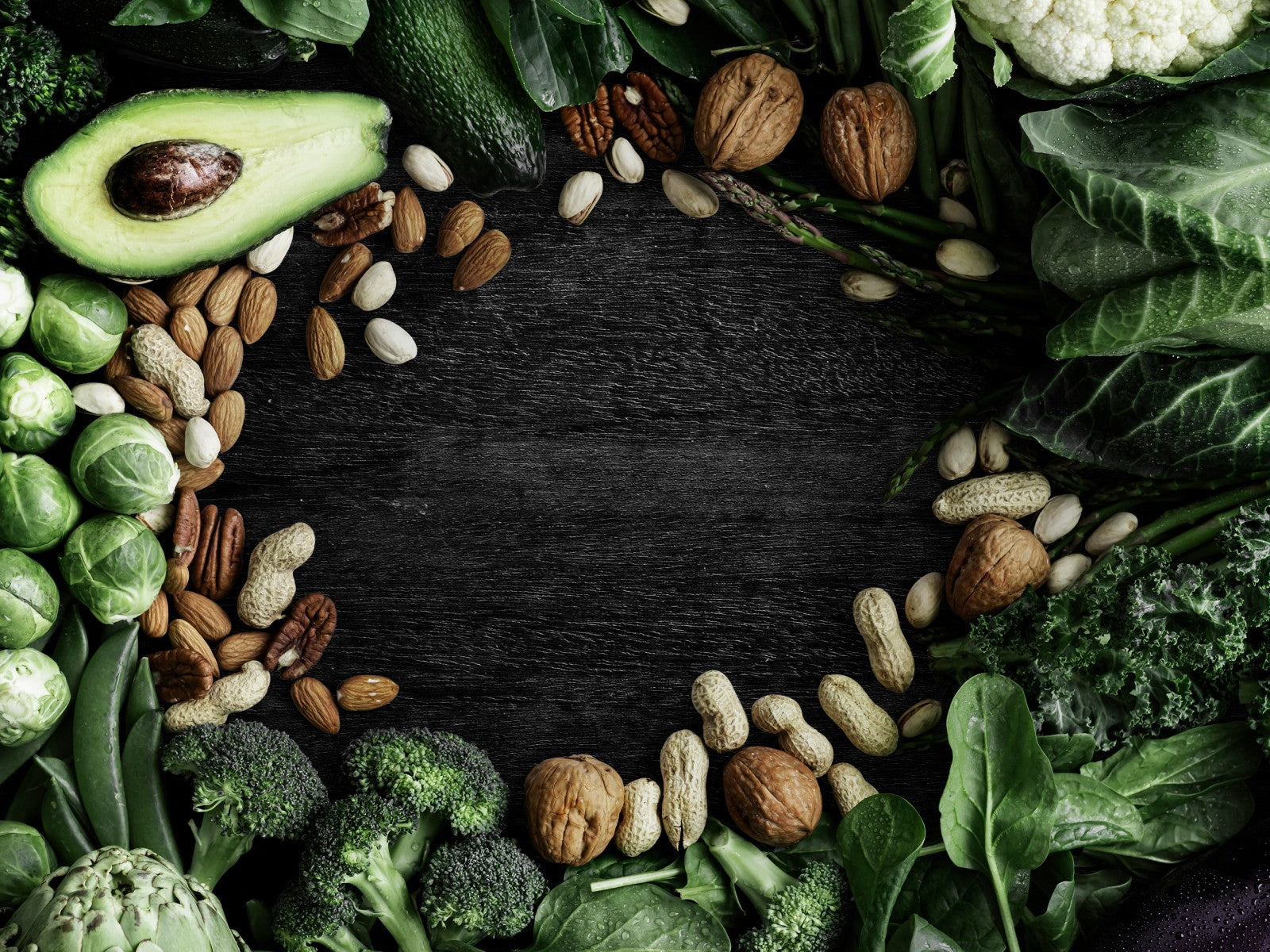Microbiome Diet ~ 1. Fibre

What is the most fundamental nutrient you need to support your gut microbiome? Which foods have it and which do not? Is it also good for my health? If you've been drawing blanks here, fret not!
This is part 1 of the articles on Microbiome Diet. Read part 2 here: Microbiome diet 2: Animal Products and part 3 here: Microbiome Diet 3: Boosting the Good Guys.
What is dietary fibre and why is it so important?
Surely, you’ve heard about fibre before, or rather, foods that are said to be particularly rich in it! And while there is no universally accepted definition of “dietary fibres” you could describe them as complex carbohydrates that our body cannot fully digest by itself. They pass through our intestines undigested until they reach the colon where our gut microbiome is then keen to break it down. In a process called fermentation, the good guys in our gut digest dietary fibres as their preferred food and while doing so produce a bunch of beneficial chemicals called short-chain fatty acids (SCFA). SCFA are essential to maintaining your gut’s basic functions in addition to having anti-inflammatory effects.
The different types of fibre
So, “fibre” isn’t a single thing but rather a term describing a large and diverse group of chemicals. This group can be further divided into two subgroups: fibres that dissolve in water and fibres that do not. Soluble fibres constitute the preferred food for microbes in the colon and thus strongly contribute to the production of SCFA. Not only that, but some soluble fibres form a gel-like environment in the gut that ensures a more gradual uptake of sugar and cholesterol by our body. This directly helps to reduce the risk of diseases like diabetes. Insoluble fibres soften your stool by attracting water to your intestines. This helps to keep things moving in the bowels.
Depending on your diet, your gut microbiome receives different types and amounts of fibres. This, in turn, affects the types of microbes that you foster and thus the amount of beneficial SCFA that are available to your gut.
So, how do you ensure a sufficient and varied supply of fibre?
1. Vegetables
Diets rich in plant-based foods provide many different types of dietary fibres thereby supporting a more diverse microbiome composition. We advise consuming at least three servings of 100g a day. Focus on variation between coarse vegetables like cabbages and roots; dark green vegetables like spinach, broccoli and kale; and brightly-coloured vegetables like carrots, tomatoes, and red peppers. The more the merrier!
2. Fruits
Fruits are excellent sources of fibre! They also contain a huge diversity of polyphenols not found in vegetables, which we’ll cover in another blog post later. That is why we consider a daily intake of fruit with at least three servings of 100g a day as optimal. Think of it as having one serving with each of your main meals. When possible prioritize the consumption of grapes, citrus fruits, and berries like highbush blueberries, blackberries, strawberries, red raspberries, and blackcurrants.
3. Whole grains
It has been demonstrated that whole-grain intake increases gut bacterial diversity. Therefore, we advise you to eat a minimum of two servings daily corresponding to at least 75g of whole grains. Always try to choose whole grain varieties when you eat bread, pasta, rice, crispbread, breakfast products and porridge, but also when you buy sandwiches or take-away.
4. Legumes
These vegetables represent such an important component of the human diet that I had to address them separately! Typically, they are an excellent source of fibre and folate, low in fat and sodium, rich in protein and iron, gluten-free and cholesterol-free. And on top of that, they also have a low glycemic index. We recommend at least three to four servings a week. About 130g per serving if you are a vegetarian, and around 50g if you are not.
5. Nuts and seeds
Much like legumes, nuts and seeds are allrounders too: Rich in fibre, healthy fat and protein. Tree nuts and peanuts have been found to have a modest impact on the gut microbiome, with walnuts being the most effective. We recommend boosting your gut microbiome with three servings, a total of approximately 30g or three tablespoons daily. You get the best effect when you eat nuts whole. In that case, 30g roughly provide 1-3g of fibre!
Conclusion
Fibre is the key to gut health and microbiome ecology. It is found in vegetables, fruits, whole grains, legumes and nuts and seeds. Having a variety of dietary fibres from these food sources is strongly supportive of a diverse gastrointestinal microbial community, which in turn is associated with human health. Hence, vegetables, fruits, whole grains, legumes, nuts and seeds are the essential foundation of a “Microbiome Diet”.
Author: Cecilia Clausen (Clinical Dietitian)
